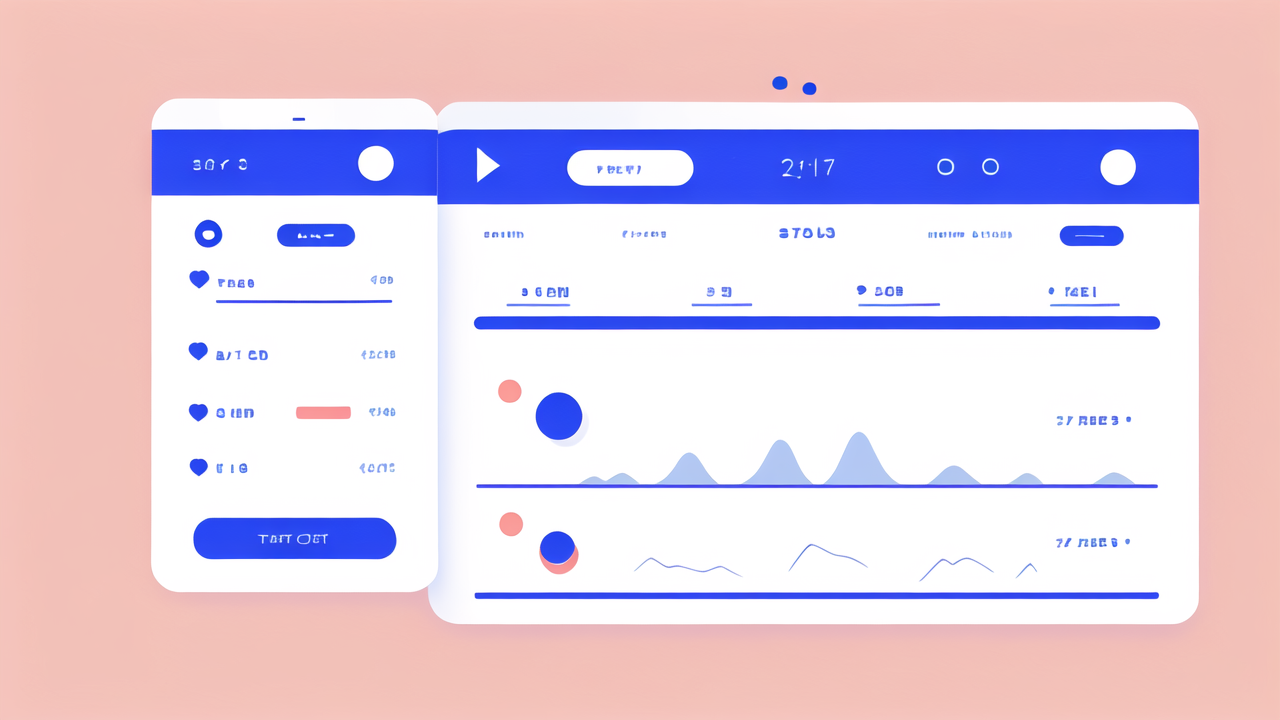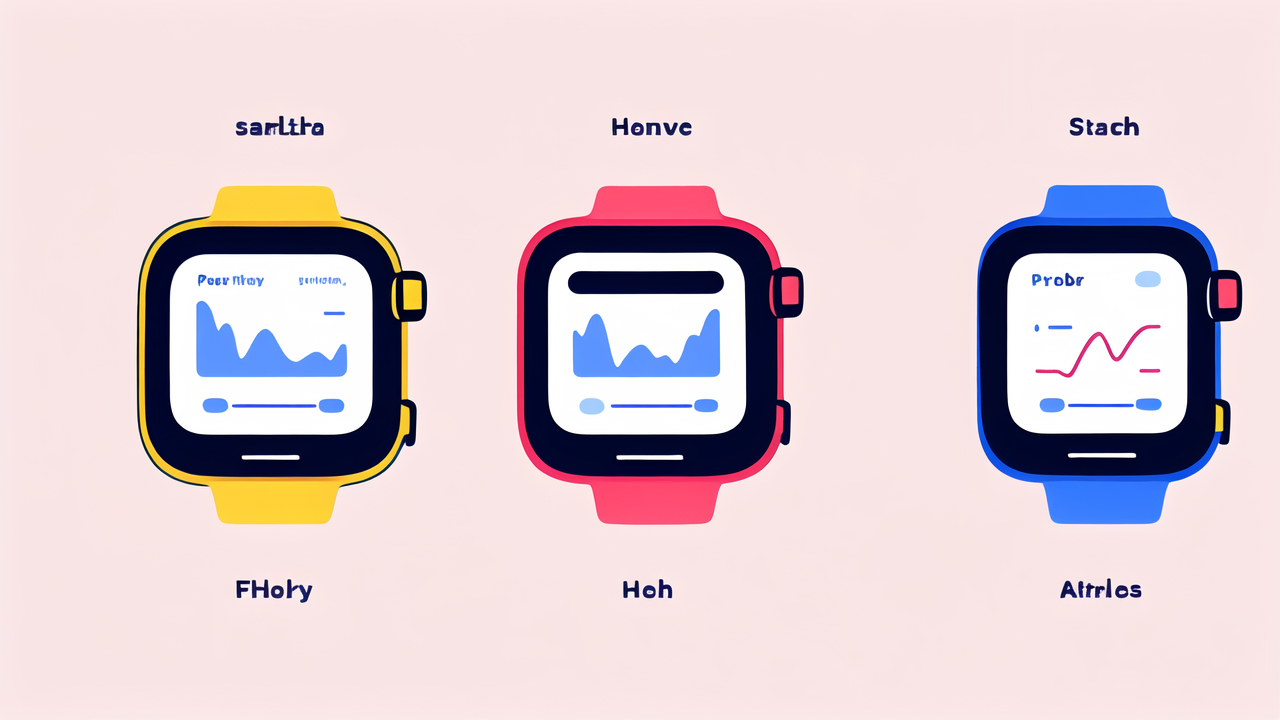Understanding the Importance of Activity Tracking in Fitness Regimens
The Role of Activity Trackers in Personalized Training
Activity trackers have become essential tools in personalized fitness training. These devices offer real-time data on various metrics, helping users tailor their workouts. They track steps, calories burned, and heart rate, providing a clear picture of daily activity levels.

With this information, users can set realistic goals and adjust their routines. Trackers also motivate users by showing progress over time. This feedback loop encourages consistent effort and helps maintain long-term fitness commitment.
Moreover, many trackers offer personalized recommendations based on collected data. This feature acts like a virtual coach, guiding users towards more effective workouts. By understanding individual patterns, trackers can suggest optimal times for exercise or rest.
Monitoring Progress: Beyond the Basics of Tracking
Modern activity trackers go beyond simple step counting. They now offer comprehensive health monitoring capabilities. Advanced models track sleep patterns, stress levels, and even blood oxygen saturation.
This holistic approach to health monitoring provides a more complete picture of overall well-being. Users can identify areas for improvement beyond just physical activity. For instance, poor sleep quality can impact workout performance.
Trackers also allow for long-term trend analysis. By reviewing data over weeks or months, users can spot patterns and make informed decisions. This feature is particularly useful for identifying factors that may be hindering progress.
Additionally, many trackers now integrate with other health apps and devices. This creates a comprehensive health ecosystem, offering deeper insights into one's fitness journey.
Top Activity Trackers on the Market: Features and Benefits
Cutting-Edge Technology in Modern Activity Trackers
The latest activity trackers incorporate cutting-edge technology to provide accurate and diverse data. Many now feature GPS tracking, allowing for precise distance and route mapping during outdoor activities.

Water resistance has also improved, with many trackers now suitable for swimming. This expands their usefulness to a wider range of sports and activities. Some models even offer automatic activity detection, eliminating the need for manual input.
Battery life has seen significant improvements, with some trackers lasting weeks on a single charge. This ensures continuous monitoring without frequent interruptions for charging.
More advanced models now include ECG capabilities, offering insights into heart health. This feature can be particularly valuable for users with specific health concerns or those engaging in high-intensity training.
Comparing the Top Contenders: A Deep Dive into Their Capabilities
When comparing top activity trackers, several models stand out for their unique features:
- Fitbit Charge 5: Known for its excellent sleep tracking and stress management features.
- Apple Watch Series 7: Offers a wide range of health apps and seamless integration with iPhones.
- Garmin Fenix 6 Pro: Ideal for outdoor enthusiasts with its rugged design and advanced GPS.
- Whoop Strap 4.0: Focuses on recovery and strain, popular among serious athletes.
- Samsung Galaxy Watch 4: Provides a good balance of fitness and smartwatch features.
Each of these trackers excels in different areas. The Fitbit Charge 5 is great for overall health monitoring. The Apple Watch Series 7 offers the most comprehensive app ecosystem. The Garmin Fenix 6 Pro is perfect for outdoor activities and endurance sports.
The Whoop Strap 4.0 stands out for its focus on recovery and training optimization. The Samsung Galaxy Watch 4 provides a good all-round experience, especially for Android users.
When choosing a tracker, consider your specific needs and activities. Some prioritize running metrics, while others focus more on general health data. Battery life, design, and compatibility with your smartphone are also important factors to consider.
Implementing Activity Trackers in Fitness Programs: A Strategic Approach
Integrating Tracking Tools into Existing Training Regimens
Integrating activity trackers into existing fitness routines requires a strategic approach. Start by setting clear goals that align with your tracker's capabilities. This could be increasing daily step count, improving sleep quality, or enhancing workout intensity.

Use your tracker's features to complement your current routine. For example, if you're a runner, use GPS tracking to plan and analyze your routes. If you're focusing on weight loss, pay attention to calorie burn and activity levels.
Make use of reminder features to stay consistent with your routine. Many trackers can prompt you to move if you've been inactive for too long. This can be especially helpful for those with sedentary jobs.
Regularly review your data and adjust your goals as needed. As you progress, your tracker can help you identify areas where you can push yourself further. Remember, the tracker is a tool to support your fitness journey, not dictate it entirely.
Data-Driven Decision Making: Leveraging Insights for Improved Results
Activity trackers provide a wealth of data, but the key is in how you use this information. Start by establishing a baseline for your current fitness level. This will help you set realistic goals and track progress effectively.
Pay attention to trends rather than daily fluctuations. Look for patterns in your activity levels, sleep quality, and workout performance over weeks or months. This can help you identify factors that positively or negatively impact your fitness.
Use the data to make informed decisions about your training. For example, if you notice your performance declining, your tracker might reveal that you're not getting enough sleep. This insight can guide you to prioritize rest and recovery.
Many trackers offer insights into optimal training times based on your body's readiness. Use this information to schedule high-intensity workouts when you're likely to perform best. Similarly, plan rest days when your body shows signs of needing recovery.
Remember that while data is valuable, it's important to listen to your body too. Use the tracker's insights as a guide, but don't ignore how you feel. The combination of objective data and subjective feeling will lead to the best results in your fitness journey.




Leave a comment
This site is protected by hCaptcha and the hCaptcha Privacy Policy and Terms of Service apply.